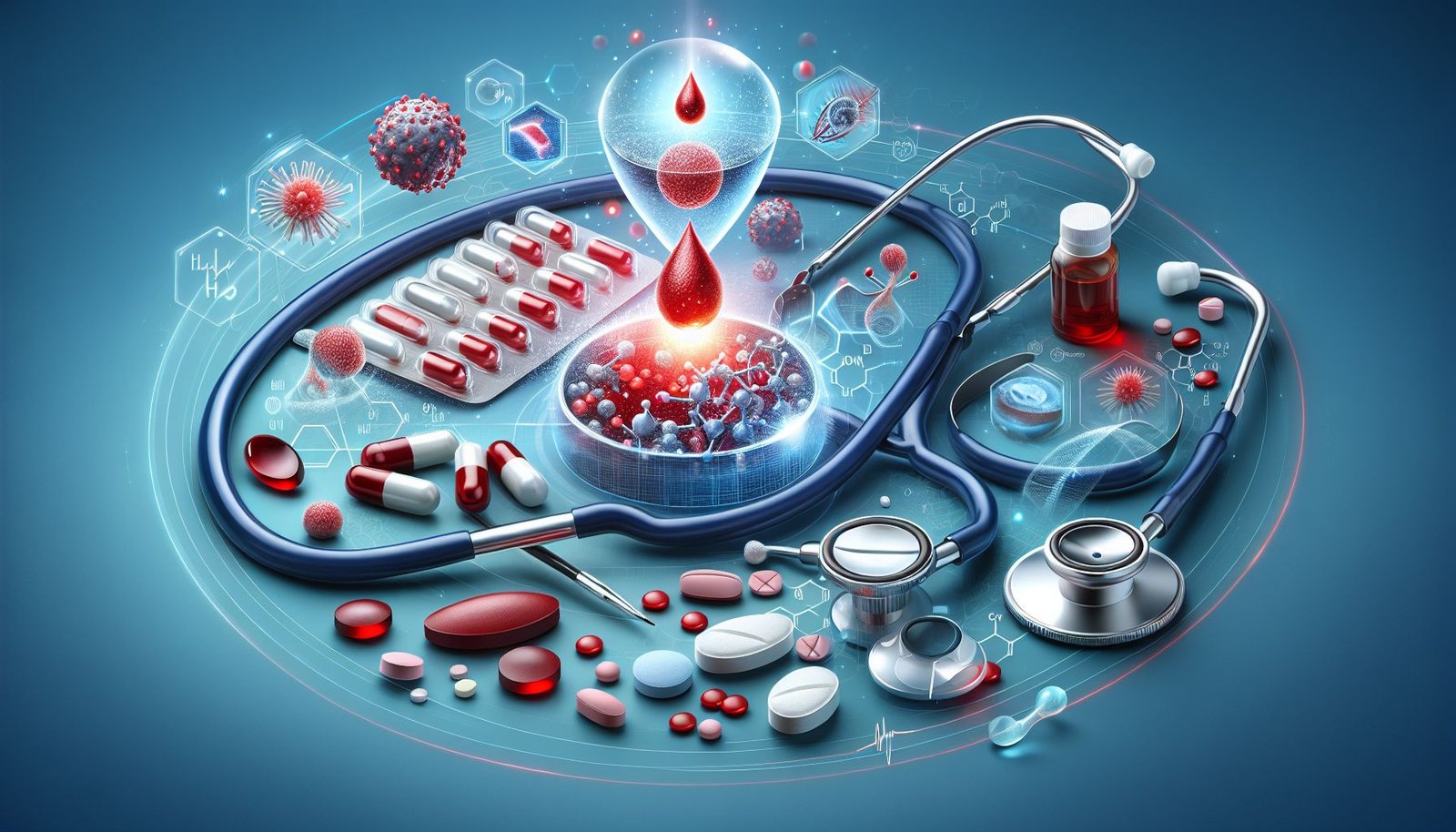
Antithrombotics: Essential Medications for Blood Clot Prevention
Antithrombotics are a class of medications used in the prevention and treatment of thrombosis, a condition wherein blood clots form within blood vessels, potentially leading to serious complications like stroke, heart attack, or pulmonary embolism. These medications are crucial in managing cardiovascular health and are widely prescribed worldwide.
What Are Antithrombotics?
Antithrombotics are drugs that either inhibit the formation of blood clots or dissolve existing clots. They can be broadly categorized into three main types: anticoagulants, antiplatelets, and thrombolytics. Each category of medication has a distinct mechanism of action and is used for specific medical conditions.
Types of Antithrombotics
1. Anticoagulants: These prevent new clots from forming and existing clots from growing. Commonly prescribed anticoagulants include warfarin, heparin, and direct oral anticoagulants (DOACs) like rivaroxaban and apixaban. They work by interfering with the body’s clotting process.
2. Antiplatelets: These inhibit platelet aggregation, which is crucial in the initial stages of clot formation. Aspirin and clopidogrel are well-known antiplatelet medications. They are often used in patients with a history of heart attacks or strokes.
3. Thrombolytics: Also known as clot busters, these drugs dissolve existing blood clots. Examples include alteplase and streptokinase. Thrombolytics are typically used in acute situations, such as during a stroke or a heart attack, where rapid intervention is necessary.
How Do Antithrombotics Work?
The mechanisms by which antithrombotics operate can be complex, involving various pathways in the blood clotting process:
– Anticoagulants such as warfarin inhibit vitamin K-dependent clotting factors, while DOACs target specific factors like Factor Xa or thrombin.
– Antiplatelets like aspirin inhibit enzymes like cyclooxygenase, reducing the production of thromboxane A2, a molecule that promotes platelet aggregation.
– Thrombolytics convert plasminogen to plasmin, an enzyme that breaks down fibrin, the main component of blood clots.
Indications for Use
Antithrombotics are prescribed for various conditions, including:
– Atrial fibrillation, which increases the risk of stroke
– Deep vein thrombosis (DVT) and pulmonary embolism (PE)
– Prevention of heart attacks in patients with coronary artery disease
– Post-surgical clot prevention, especially after orthopedic procedures
Possible Side Effects
While antithrombotics are effective, they can also cause side effects. The most common is an increased risk of bleeding, which can range from minor bruising to severe hemorrhage. Other potential side effects include:
– Gastrointestinal issues, particularly with antiplatelets
– Allergic reactions
– Liver enzyme alterations (notably with warfarin)
Guidelines for Use
Before starting any antithrombotic therapy, it’s essential to consult with a healthcare professional to weigh the benefits and risks. Dosages can vary based on the specific medication, condition being treated, and patient factors such as kidney function and age.
Recommendations for Dosage
– Warfarin: Dosage is individualized and requires regular INR monitoring to ensure therapeutic levels.
– DOACs: Typically have fixed dosages but may require adjustments for renal impairment.
– Aspirin: Commonly prescribed at low doses (75-100 mg daily) for cardiovascular protection.
Expert Insights
According to Dr. Jane Smith, a cardiologist, “Antithrombotics have revolutionized the management of thrombotic diseases. However, the key to success with these medications is personalized care and monitoring.”
Pharmacist John Doe adds, “Patients should be aware of the signs of bleeding and report any unusual symptoms to their healthcare provider immediately.”
Conclusion
Antithrombotics play a vital role in preventing and treating clot-related conditions. Understanding their mechanisms, uses, and potential side effects is crucial for both patients and healthcare providers. For more information on antithrombotic medications and to explore treatment options, visit our recommended site at our online pharmacy.

